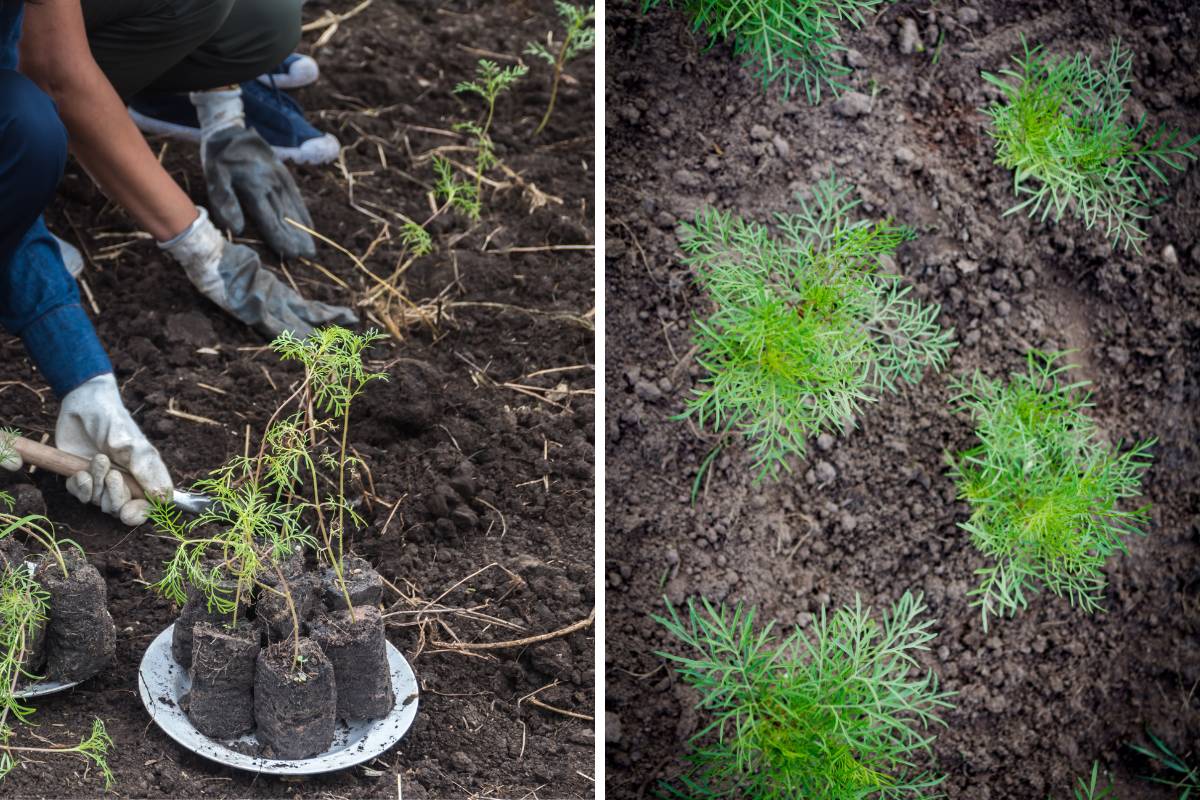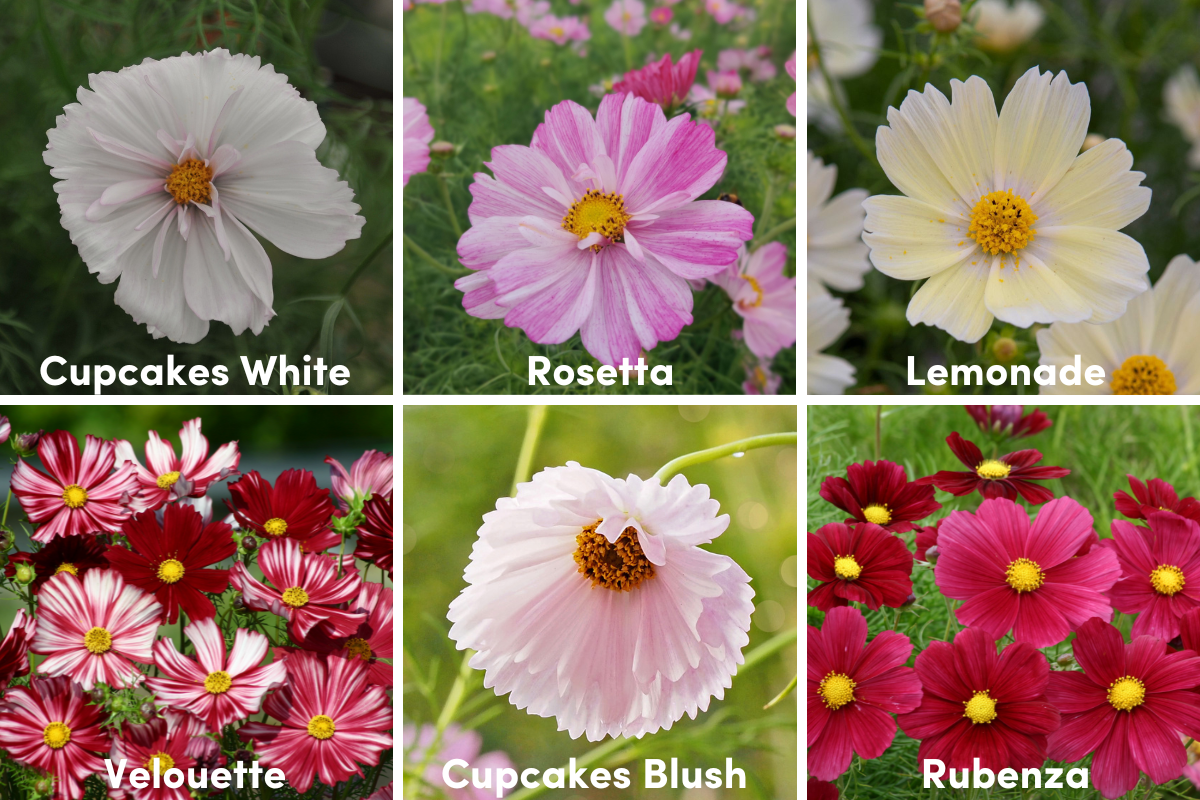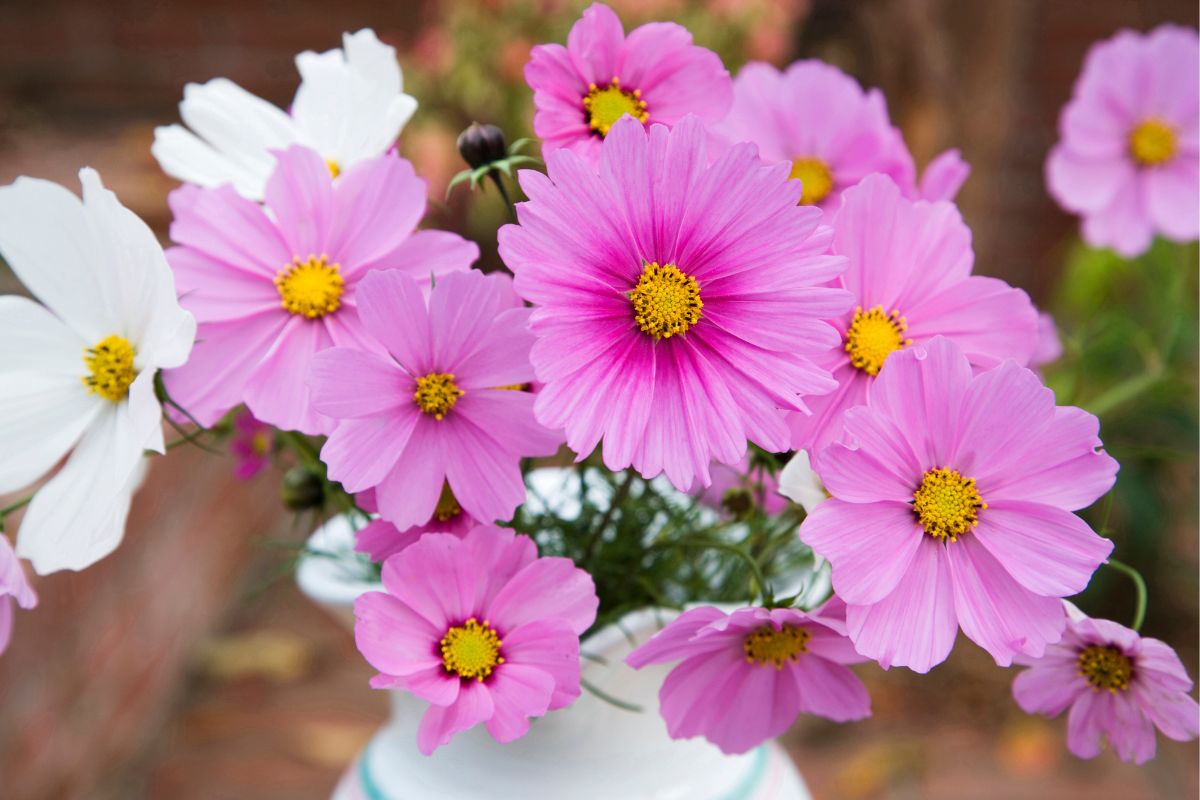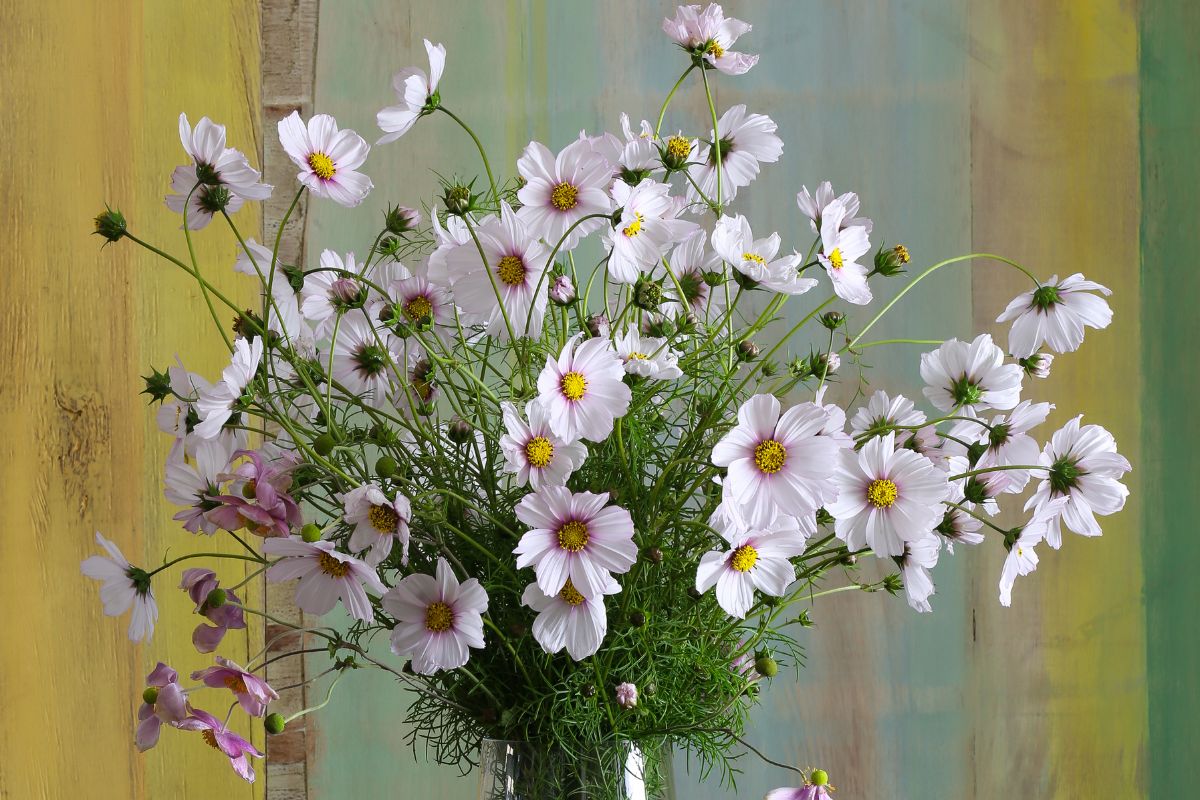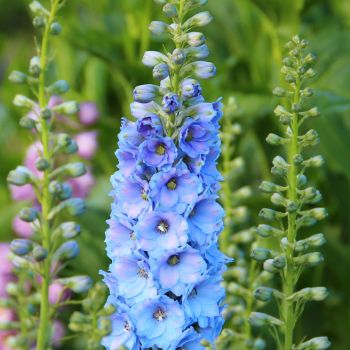Not often seen in the florist’s shop, cosmos are beautiful and easy to grow annuals that produce an abundance of cut flowers. With their delicate, airy blooms and long stems, they make a romantic addition to any bouquet.
Read on to learn more about growing a continuous supply of cosmos to add to your floral arrangements, find out when to pick flowers and varieties recommended for cut flowers.
What is Cosmos?
Cosmos (Cosmos bipinnatus) is a warm-season annual originating from Mexico. Thanks to recent breeding efforts, cosmos are available in a huge selection of colours and types, including single and double flowers, dwarf varieties and more. Newer cultivars have ruffled, pleated or fused petals, variegated or striped flowers and muted, on-trend colors. What’s not to love?
Cosmos as Cut Flowers
There are several reasons why cosmos are a great choice for cut flowers. They are quick and easy to grow, making them a reliable source of flowers. They are also cut-and-come-again repeat bloomers, which means you can continue to harvest flowers from the same plant throughout the growing season. Cosmos flower from mid-spring to the end of autumn. They're also self-seeders, and that means free plants for seasons to come.
Depending on the variety used, cosmos can add a naturalist wild look to arrangements, or a more refined romantic touch. While cosmos have a relatively short vase life of four to six days, picking branched stems can extend this as side buds will open as the central flowers fade.
Varieties Suited to Cutting
When choosing varieties of cosmos to grow for cut flowers, look for a stem length of at least 60cm, as dwarf varieties and many lower growing ones don’t produce long enough stems for all but the smallest posies. Some popular varieties include:
- Cupcakes: This series has romantic looking large flowers with fused petals and long stems in soft pastel colours. The bowl-shaped flowers and pinked petal edges, reminiscent of cupcake papers, gives the series its name.
- Rubenza: This variety starts deep rose pink and fades to a rich terracotta. It’s a variety loved by many floral designers.
- Velouette: A variety with large mahogany flowers overlaid with white stripes carried on tall stems. The bicoloured flowers can act as a ‘bridge’ between white and burgundy or deep pink when used in arrangements.
- Rosetta: This variety has a mix of single and collarette type flowers and striped petals that look hand-painted.
- Lemonade and Apricot Lemonade: With shorter stems than many cutting varieties, the unusual muted colours of these single flowers mean they still deserve a spot in the cutting garden.
How to Grow Cosmos for a Continuous Supply of Cut Flowers
Cosmos are usually direct-sown from seed, but you can start them indoors at the start of spring three weeks before the last frost date, or in frost free areas a few weeks before you plan to plant them out. Succession plant seeds about a month apart, with two or three sowings per season.
If growing only for cut flowers, space plants a little closer than recommended so they support each other as they grow, with a 30cm spacing recommended for tall varieties. Don’t pamper them too much; fertilising and overwatering will encourage tall plants with lots of foliage but fewer flowers.
Pinch plants to encourage branching; when plants are 20cm to 30cm tall, snip the top 10cm of the main stem off just above a set of leaves. Support plants with netting or by coralling them with string stretched between stakes so they grow upright with straighter stems.
Cut the flowers when buds show color but before they open, and before they’re pollinated. Many flower growers cut branches rather than individual stems; when the central flower fades, the side buds will open, extending the vase life. Harvest regularly and deadhead to keep plants in flower longer.
Cosmos are an excellent choice for cut flowers, offering an easy-to-grow, prolific source of beautiful blooms. With a little care and attention, you can enjoy a continuous supply of cosmos throughout the growing season, adding a whimsical and airy touch to your flower arrangements. Try growing cosmos and see for yourself how easy and rewarding they can be!
